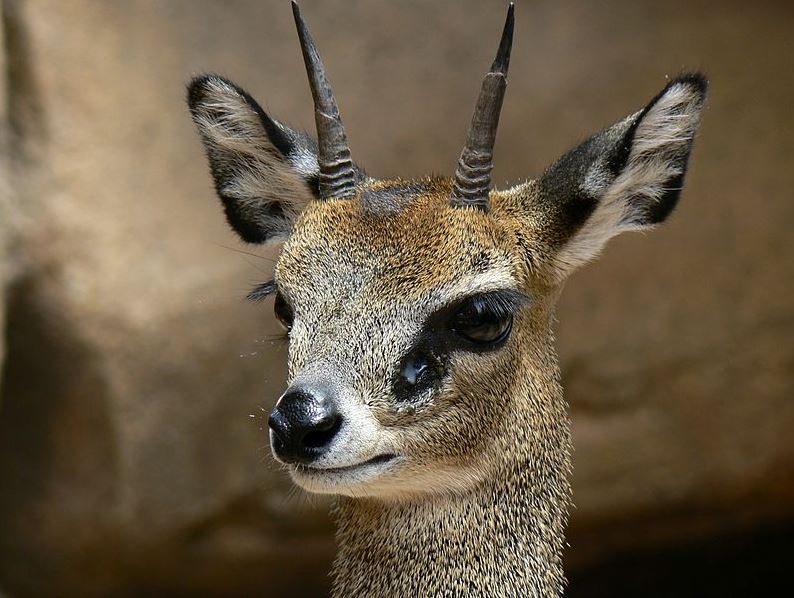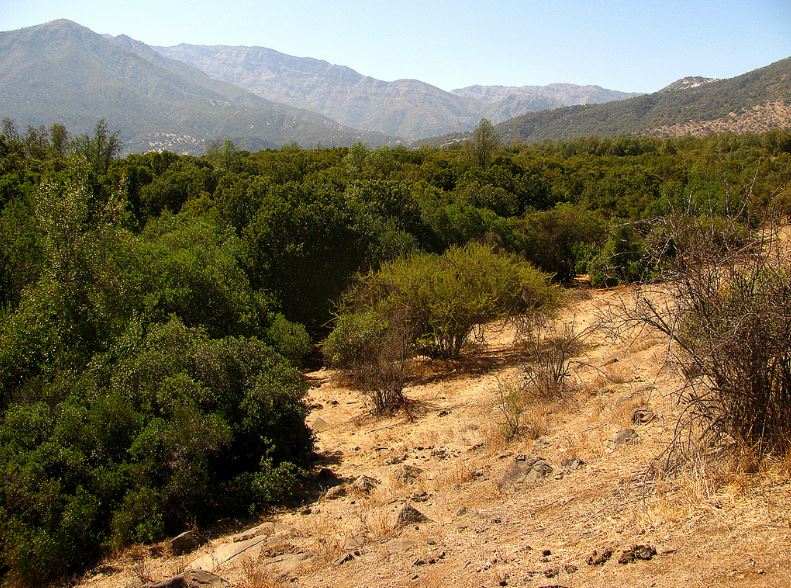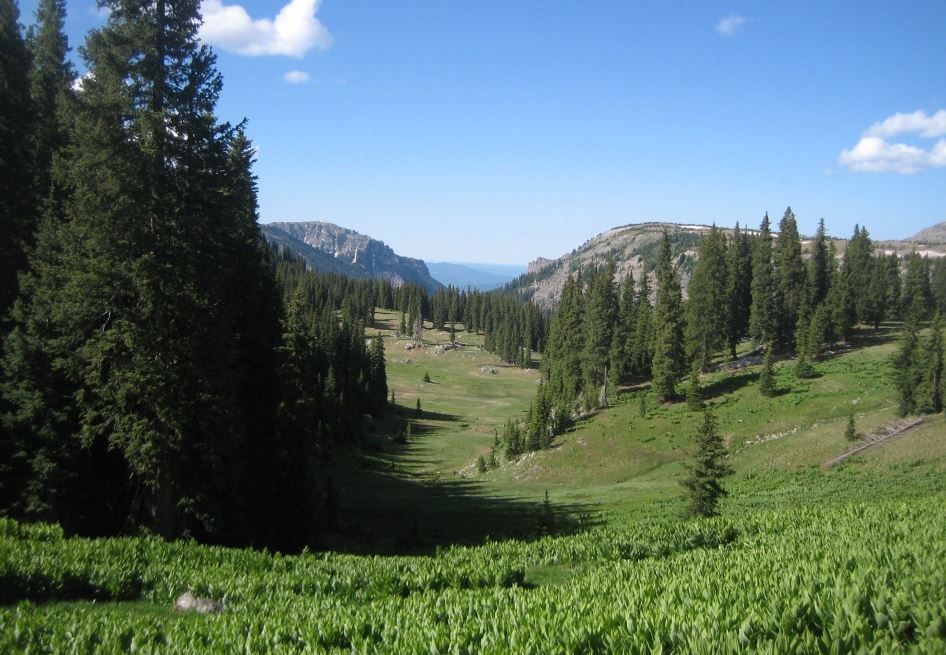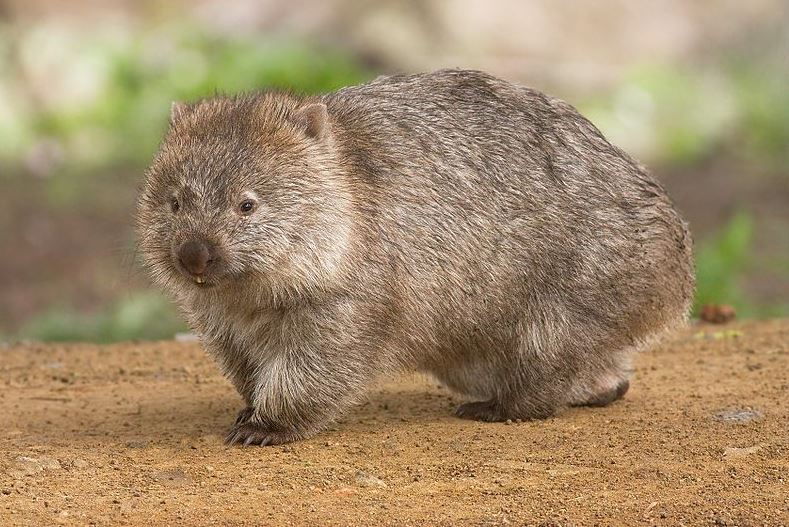
by BioEdge | Jan 20, 2017 | Site Content
Oreotragus sp. photo © Public Domain Unexplained convergence of ear flags in klipspringers and buffaloes Syncerus nanus photo © Jamie Lantzy Given that klipspringers and buffaloes could hardly differ more in body size, habitat, and...

by BioEdge | Jan 20, 2017 | Site Content
Homo sapiens cooking photo © Kelly B. Homo culinarius or Homo fermentarius? Fermentation of plums photo © brankmaster The modern human species is the only vertebrate on Earth which ferments food outside the body before eating it....

by BioEdge | Jan 19, 2017 | Site Content
Matorral, central Chile photo © Inao Vásquez An evolutionary decision to spurn combustive consumption The prime example, worldwide, of fire behaving as a biological property rather than an environmental imposition is in the matorral of...

by BioEdge | Jan 19, 2017 | Site Content
Blue Lake Loop, Colorado, photo in the Public Domain Meadows more powerful than adjacent forests Implicit in every textbook account of vegetation succession is the assumption that there is a progression from herbaceous plants to trees...

by BioEdge | Jan 10, 2017 | Site Content
Vombatus ursinus photo © JJ Harrison Marsupials avoid ever-growing teeth Marsupials in Australia have radiated into various forms corresponding ecologically to American sloths, armadillos and anteaters. A surprising difference between...

by BioEdge | Jan 10, 2017 | Site Content
Euphractus sexcinctus photo © Charles J Sharp Dental divergence between armadillos and bandicoots Isoodon macrourus photo © John O’Neill Medium-size armadillos are the approximate American counterparts for the marsupial...







